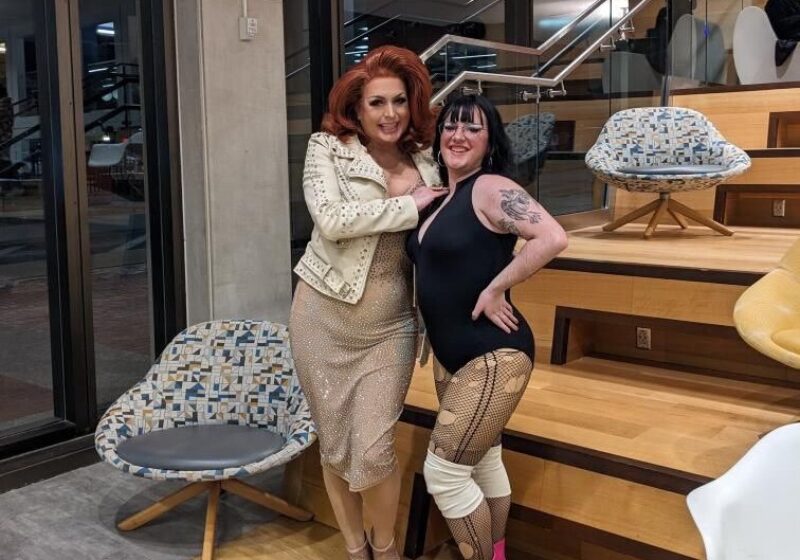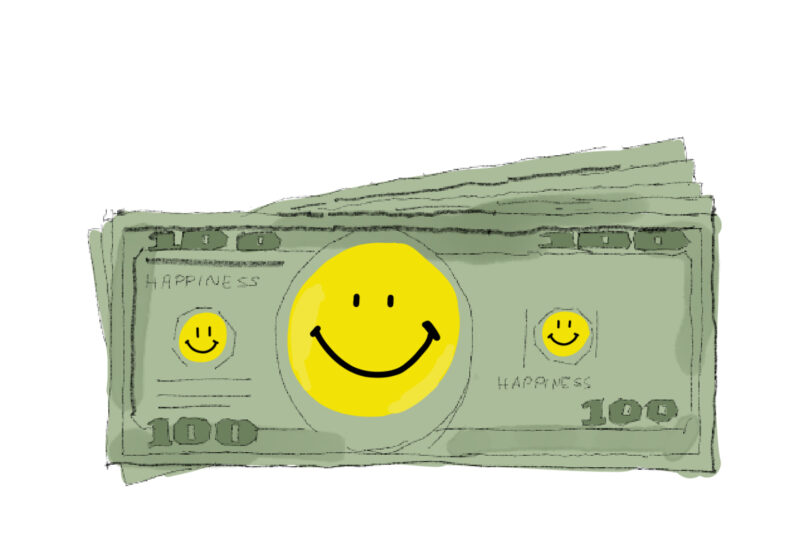Hey ladies, if you’re looking to find representation in the media, don’t look to the movies: a study by the Geena Davis Institute for Women in Media showed that, in G, PG or PG-13 films released between January 1, 2010 and May 1, 2013, women amounted to less than 31% of speaking parts. Worse yet, only 23% of films featured a female protagonist.
This is not surprising. Look at the biggest film trend of the past decade: the “superhero movie.” How many of these films featured a female protagonist? Zero. There are female stars in them—like Scarlett Johansson’s Black Widow in the Marvel series—but they are never the leads of the films. Warner Brothers has a “Wonder Woman” film scheduled for 2017 but has been running into some pre-production woes.
Why is this? Women drive much of the film industry: they make up over 50% of the filmgoing public and are entirely responsible for making such films as “Twilight,” “Divergent” and “Fifty Shades of Grey” into billion-dollar franchises. (“The Hunger Games” has a more evenly-skewing fanbase, so I’m not placing it into the same category.)
Yet, although women contribute so much to the industry, they are rewarded with horrific treatment by Hollywood. The same report by the Geena Davis Institute for Women in Media revealed that when women are featured in films, they are almost never shown in positions of power or education. Only 14% of doctors and other healthcare providers in films are played by women, and only a shocking seven percent of lawyers and judges in films are female. Additionally, women are almost twice as likely as men to play highly sexualized roles.
What does all this mean? Basically, the film industry, which in many cases is supposed to act as a mirror to today’s society, is sending the message that women are not as important as men. In our world today, where women still only make 78 cents to every dollar men do, this idea hinders progress.
There is a silver lining, however. Television is thriving with complex roles for women. Look at Claire Danes, a phenomenal actress who never quite found her way in film but has won two Emmy Awards for her performance on “Homeland;” at Tina Fey, whose tenure on “Saturday Night Live” and “30 Rock” made her one of the most famous comedians in the country; at “Orange is the New Black,” which features an almost entirely female cast.
This equality for women on television should be the standard for film. Unfortunately it isn’t, and that doesn’t seem to be changing soon. Female writers and directors are becoming rare in Hollywood; Sony co-chairman Amy Pascal, a rare female film executive, was fired after the company’s massive hacking; even Jennifer Lawrence, the objectively most-valuable film star of 2014, was paid substantially less than her male co-stars for her Oscar-nominated role in “American Hustle.”
And when J-Law gets treated unfairly, you know you have a problem.
Abrams is a member of
the class of 2018.





